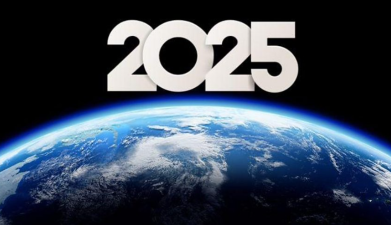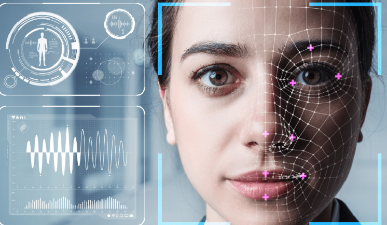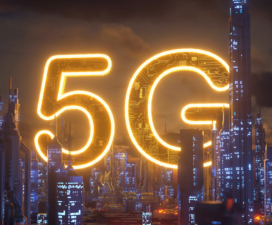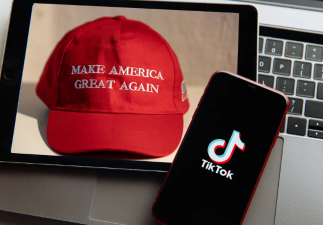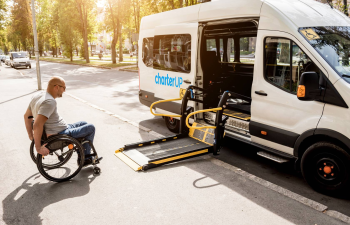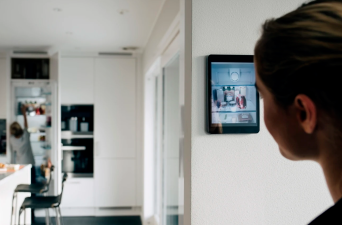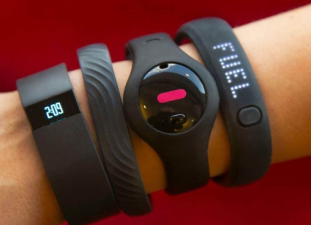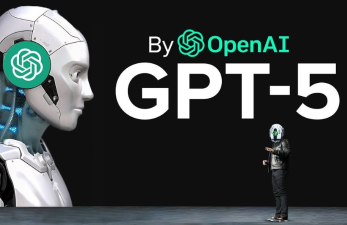"Face scan" payment, "face scan" door, "face scan" security check... facial recognition technology has quietly penetrated every corner of life. However, when you smile easily in front of the camera, do you realize that this "face" may become the entrance to privacy leakage? In 2025, the global face recognition market size is expected to exceed 15 billion US dollars, but behind the rapid technological development, there are many risks such as data abuse, identity fraud, and uncontrolled monitoring. From the data leakage of 100 million users on a social platform to the wrong arrest of innocent people by the police due to misidentification, the "double-edged sword" effect of face recognition is causing global vigilance.
"Face scan" payment, "face scan" door, "face scan" security check... facial recognition technology has quietly penetrated every corner of life. However, when you smile easily in front of the camera, do you realize that this "face" may become the entrance to privacy leakage? In 2025, the global face recognition market size is expected to exceed 15 billion US dollars, but behind the rapid technological development, there are many risks such as data abuse, identity fraud, and uncontrolled monitoring. From the data leakage of 100 million users on a social platform to the wrong arrest of innocent people by the police due to misidentification, the "double-edged sword" effect of face recognition is causing global vigilance.
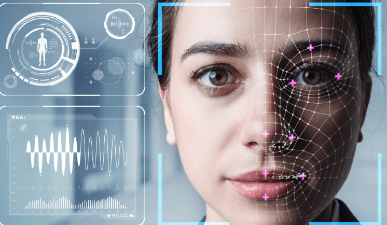
Privacy leakage: Your "face" may be more dangerous than a password
As biometric information, facial data is unique and unchangeable. Once leaked, the consequences are far greater than traditional passwords.
The scale of data leakage is shocking: in the 2024 global data leakage report, facial data accounted for as much as 20%, and about 5 billion data were exposed to black market transactions. For example, in 2019, a social platform leaked 100 million users' facial information due to a system vulnerability, which was used for identity forgery, financial fraud and other criminal activities.
Forced collection and bundling abuse: Some businesses bind "face recognition" to services, such as mandatory face entry in scenic spots and "face recognition" for hospital registration, and users are forced to hand over facial information. If these data are correlated and analyzed, personal whereabouts, consumption habits and even health conditions can be accurately restored.
Misidentification: How technology "misjudgment" rewrites life
Even if the accuracy rate is as high as 99.8%, the misidentification rate of 0.5% still means that 25 million people may be misassociated every year under a huge base.
Social cost: Misidentification may cause innocent people to be labeled as "suspects". There have been many cases in the United States where black people are more likely to be misjudged due to algorithmic bias, causing racial discrimination disputes.
Reputation and rights damage: If misidentified data is used for credit assessment or employment screening, it may directly deprive individuals of social opportunities. In 2023, a company caused a labor dispute due to misjudgment of employee attendance records and eventually paid a million in compensation.
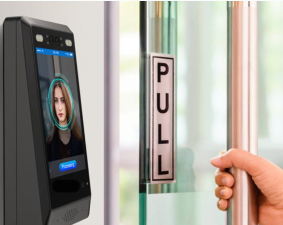
Data abuse: from commercial manipulation to "panoramic monitoring"
The boundless expansion of facial recognition technology is blurring the boundaries between public safety and privacy infringement.
Commercial manipulation: E-commerce platforms push advertisements by analyzing user micro-expressions, and even use facial data for marketing analysis without consent. A well-known company was exposed to use "face scanning" data to predict consumer emotions, triggering a privacy lawsuit.
The shadow of the surveillance society: Some cities deploy "senseless recognition" cameras to track pedestrian trajectories in real time. Data from 2024 shows that 30% of abuse incidents involve illegal monitoring, and the public is worried that a "technical Leviathan" is taking shape.
In the face of technological risks, multiple parties need to work together to build a "protection network":
- Technological innovation: Promote technologies such as privacy computing and federated learning to achieve "data available but invisible"; develop anti-counterfeiting algorithms to improve liveness detection capabilities.
- Strict legal control: clarify the "prohibition of mandatory face scanning" scenarios, establish a pre-assessment mechanism for data collection, and severely punish illegal companies.
- Public awakening: Improve privacy awareness through education and encourage users to say "no" to unnecessary "face scanning" scenarios.
The future of facial recognition technology should not be a choice between "convenience" and "security". Only when technological innovation and human dignity are given equal weight, and the iron fist of the law goes hand in hand with public awakening, can we truly control this "double-edged sword" and let technology return to its original intention of serving mankind.

